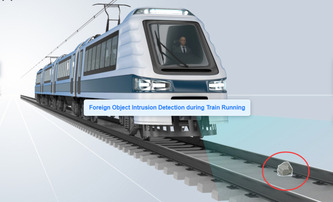
What is Collision Avoidance System
A Collision Avoidance System is a safety feature in vehicles that helps prevent accidents by alerting the driver of potential collisions and, in some cases, automatically applying the brakes to avoid or mitigate the impact. This system uses sensors, cameras, and radar technology to detect objects in the vehicle's path and calculate the risk of a collision. If the system determines that a collision is imminent, it will warn the driver through visual or auditory alerts, and if necessary, take action to prevent the accident. Overall, Collision Avoidance Systems play a crucial role in enhancing road safety and reducing the likelihood of accidents caused by human error.
Why Collision Avoidance System
A Collision Avoidance System is a crucial safety feature in vehicles that helps prevent accidents by alerting drivers of potential collisions and, in some cases, automatically applying the brakes to avoid or mitigate the impact. This system uses sensors, cameras, and radar to monitor the vehicle's surroundings and detect obstacles or other vehicles in its path. By providing early warnings and assisting with emergency braking, a Collision Avoidance System can significantly reduce the risk of accidents caused by human error, distractions, or blind spots. Ultimately, this technology plays a vital role in enhancing road safety and protecting both drivers and pedestrians.
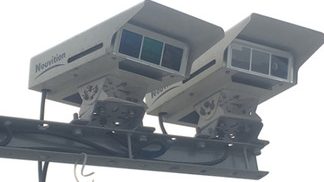
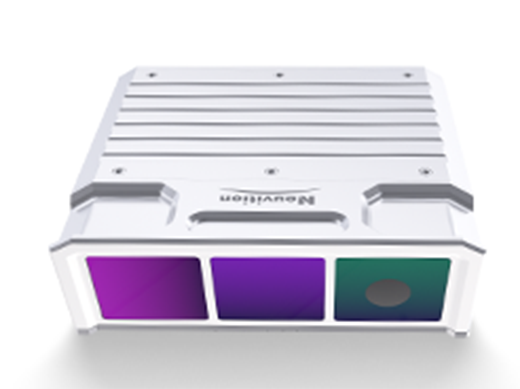
Recent Technology Development of Collision Avoidance System
The recent technology development of collision avoidance systems has revolutionized vehicle safety by utilizing advanced sensors and artificial intelligence algorithms to detect potential collisions and automatically apply brakes or steer the vehicle away from danger. These systems have significantly reduced the number of accidents on the road, saving countless lives and preventing injuries. The continuous improvement and integration of collision avoidance systems in vehicles are paving the way for a future where accidents become a rarity rather than a common occurrence.
Applications of Collision Avoidance System
Collision avoidance systems are becoming increasingly important in various industries and applications. In the automotive sector, these systems help prevent accidents by alerting drivers of potential collisions and even automatically applying brakes if necessary. In the aviation industry, collision avoidance systems are crucial for ensuring the safety of aircraft by providing warnings and guidance to pilots to avoid mid-air collisions. In the maritime sector, collision avoidance systems help ships navigate safely through busy waterways and avoid collisions with other vessels. Overall, the applications of collision avoidance systems play a vital role in enhancing safety and reducing the risk of accidents in different fields. Brief answer: Collision avoidance systems are used in automotive, aviation, and maritime industries to prevent accidents and enhance safety by providing warnings and guidance to drivers, pilots, and ship operators to avoid collisions.
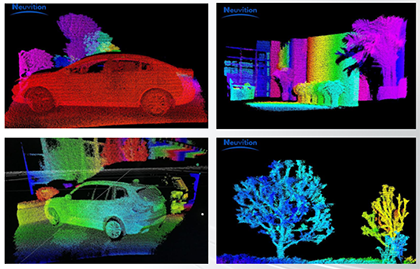
Neuvition Collision Avoidance Systems for Railway
Our collision avoidance systems for railway are designed to enhance safety and prevent accidents on rail tracks. By combining our state-of-the-art LiDAR sensors with advanced software algorithms, we offer the following advantages:
Advantage
- Accurate detection and identification of obstacles in front of trains
- Real-time warning alerts to prevent collisions
- Integration with cameras and other sensors for comprehensive situational awareness
- Customizable solutions to meet specific railway requirements
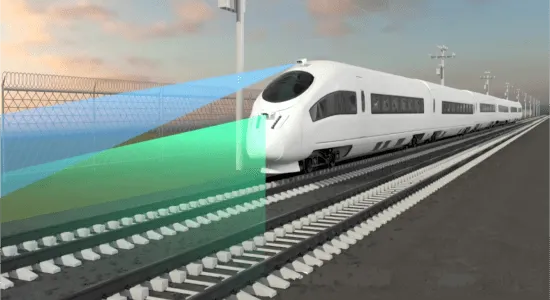
Neuvition Collision Avoidance Systems for Automotive
Our collision avoidance systems for automotive applications are designed to improve road safety and enable autonomous driving capabilities. We offer the following benefits with our integrated LiDAR, Radar, and Camera solutions.
Advantage
- 360-degree detection and tracking of surrounding objects
- Advanced object recognition and classification
- Real-time decision-making for collision avoidance
- Seamless integration with existing vehicle systems
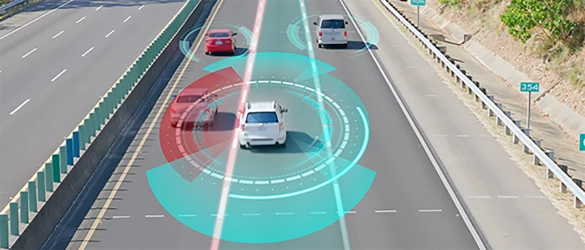
FAQ








Contact Us
If you have any questions or suggestions, please leave a message, we will get in touch with you within 24 hours!

 Arabic
Arabic Chinese (Simplified)
Chinese (Simplified) Chinese (Traditional)
Chinese (Traditional) Dutch
Dutch English
English Filipino
Filipino Finnish
Finnish French
French German
German Hebrew
Hebrew Hindi
Hindi Italian
Italian Japanese
Japanese Korean
Korean Portuguese
Portuguese Russian
Russian Spanish
Spanish Swedish
Swedish Thai
Thai Turkish
Turkish Vietnamese
Vietnamese